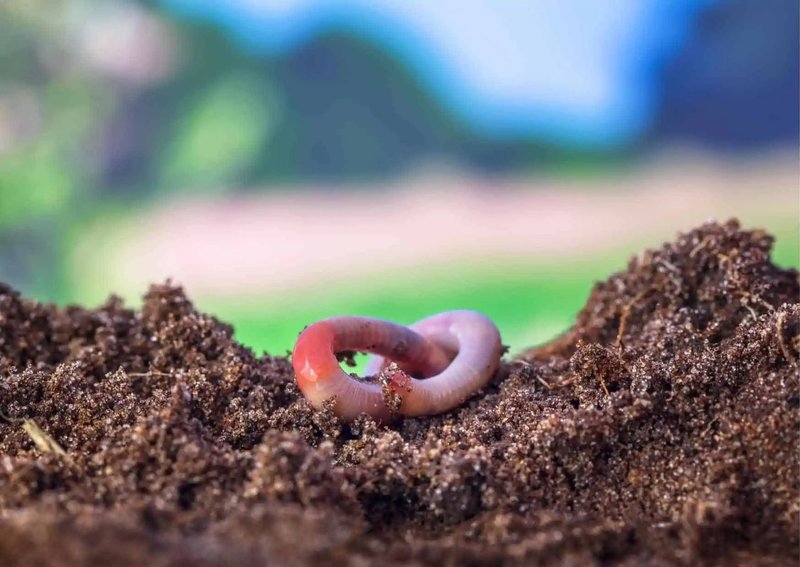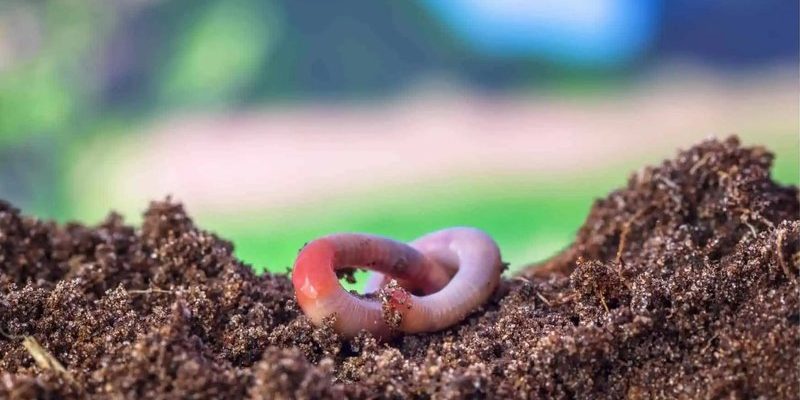
Imagine you’re at a party. If it’s too hot, you might feel irritable and overwhelmed. If it’s too cold, you could be shivering in the corner, wishing for a cozy blanket. Earthworms have similar responses; they’re sensitive to their surroundings, and temperature changes can dictate everything from their movement patterns to their reproductive cycles. So, let’s dig deeper into how temperature affects these amazing creatures.
Temperature and Earthworm Activity Levels
Earthworms are most active when temperatures are moderate, typically between 60°F and 70°F (15°C to 21°C). When it gets too hot or too cold, their activity levels drop significantly. Think of earthworms like Goldilocks; they want it “just right.” In hotter conditions, they often burrow deeper into the soil to escape the heat and find moisture. This not only protects them but also helps maintain the health of the soil.
In contrast, when the temperature drops, earthworms might slow their movements as a survival tactic. They can enter a state similar to hibernation called “quiescence,” where their metabolic functions slow down significantly. This allows them to conserve energy during colder months when food is scarce. Here’s the thing: if you’re planning to have a garden, understanding these temperature preferences can help you know when to expect earthworms to be active and beneficial for your soil.
The Impact of Temperature on Earthworm Movement
Temperature doesn’t just affect how active earthworms are; it also influences how they move. During warmer weather, you might spot them on the surface of the soil, especially after rain. They take advantage of the moist conditions, which allow them to travel without dehydrating. However, if temperatures rise too much, and the soil becomes dry, they’ll retreat underground to cool off.
Conversely, in cooler temperatures, you might not see them at all. They’ll remain buried to avoid the frigid air. The relationship between temperature and their movement patterns is crucial because it’s tied to their survival. For example, if you’re trying to attract earthworms to your garden, planting during the right season can help encourage their presence.
How Temperature Affects Earthworm Reproduction
When it comes to reproduction, temperature has a significant effect on earthworms. Studies show that warmer temperatures can lead to increased reproduction rates. Earthworms are hermaphrodites, meaning each one has both male and female reproductive organs. Warmer soil encourages them to come out and mate more frequently, which can lead to healthier populations.
In contrast, colder temperatures can reduce their ability to reproduce. If the soil temperature falls below their preferred range, earthworm activity slows, and mating opportunities decrease. This is why understanding local climate patterns is essential for anyone interested in maintaining healthy soil ecosystems. By ensuring the right temperature conditions, you’re essentially giving them a green light for reproduction.
Moisture and Temperature: A Delicate Balance
Moisture levels in the soil are closely linked to temperature. Warmer temperatures lead to increased evaporation, which can dry out the soil. Earthworms need moisture to survive, so if the soil becomes too dry during hot months, they’ll have to dig deeper or risk dehydration. This is why you often see them on sidewalks after rainstorms; they’re trying to find a cooler, wetter environment.
On the flip side, too much moisture can also be a problem. In very wet conditions, especially with lower temperatures, earthworms can experience oxygen deprivation. This is because waterlogged soils can limit the amount of air reaching them. Finding that balance between temperature and moisture is critical for their health and your garden’s well-being.
Temperature Variations and Earthworm Adaptation
Earthworms are incredible creatures when it comes to adaptation. They’ve evolved to survive in various climates, from tropical regions to colder areas. However, sudden temperature changes—like those caused by climate change—can pose threats to their survival. For instance, rapid increases in temperature can lead to population declines, especially in regions where they’re not already equipped to handle such extremes.
As the planet continues to warm, it’s essential to observe how these changes affect earthworm behavior. Understanding this will help gardeners and farmers make informed decisions about soil management, as earthworms play a crucial role in maintaining healthy ecosystems. Adapting to temperature changes is vital for both the earthworms and the health of our soil.
The Role of Temperature in Soil Health
Earthworms are often referred to as “nature’s plow,” and for a good reason. They aerate the soil as they move through it, helping nutrients spread effectively. When temperatures are favorable, their ability to improve soil health is at its peak. This means that if you’re a gardener, fostering an environment for earthworms can yield bountiful crops.
However, if temperatures become too extreme, the benefits they provide may diminish. For example, in very hot conditions, earthworms often retreat deep into the soil, leaving upper layers less aerated and nutrient-rich. By monitoring and managing temperature within your garden or farm, you can enhance the positive impact of these little creatures.
Understanding how temperature affects earthworm behavior can significantly enhance your gardening or farming experience. These fascinating creatures are more than just soil dwellers; they react and adapt to their environments in ways that are crucial for maintaining healthy ecosystems. By being aware of the temperature ranges they prefer and how that influences their activity, movement, reproduction, and overall health, you can create an environment that supports their vital functions.
So, next time you’re digging in the garden, remember that the humble earthworm is not just an ordinary inhabitant of the soil. They’re active players in the intricate web of life beneath our feet, responding to temperature changes just like we do. If you take care of their needs regarding temperature and moisture, you’ll not only help them thrive but also enjoy a healthier, more abundant garden.

